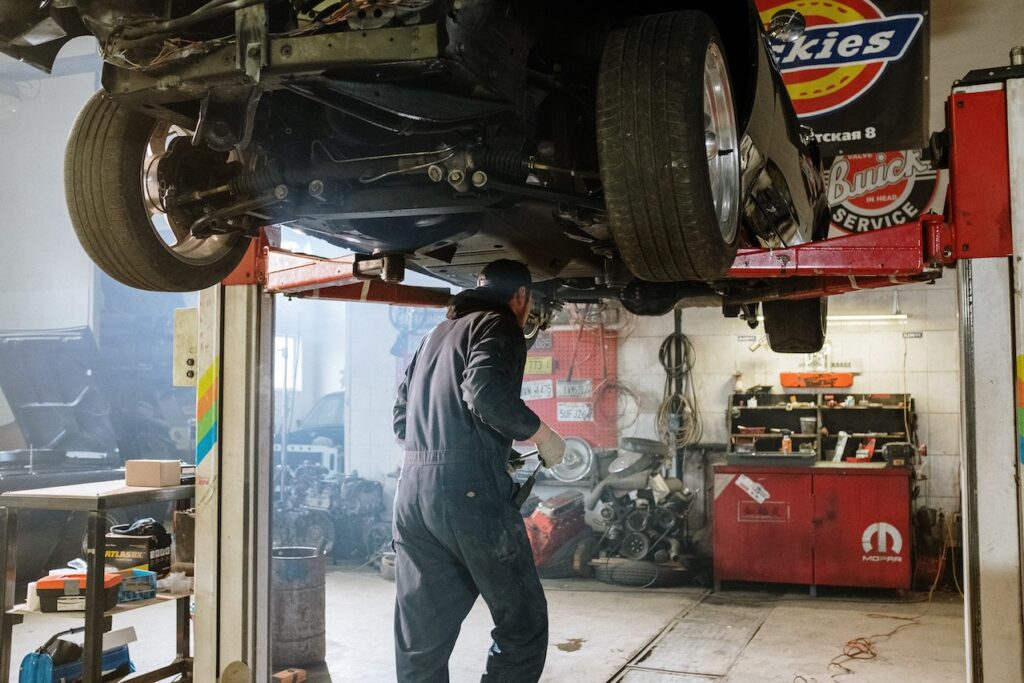The 6 Types of Car Insurance Coverage Explained

There are six types of car insurance coverage: bodily injury liability, property damage liability, collision, comprehensive, personal injury protection, and uninsured/underinsured motorist.
Bodily injury liability covers medical expenses and damages if you injure someone in a car accident. Property damage liability covers damages to another person’s property if you cause an accident. Collision coverage pays for repairs to your own car if you’re involved in an accident. Comprehensive coverage reimburses you for damage caused by events that are out of your control, such as theft or weather. Personal injury Insurance protection covers medical expenses and lost wages if you’re injured in an accident.
Uninsured/underinsured motorist coverage protects you from being hit by a driver who doesn’t have insurance or doesn’t have enough insurance.
1. Bodily Injury Liability
Bodily injury liability coverage is the foundation of most car insurance policies. It covers medical expenses and damages if you injure someone in a car accident. It also covers legal expenses if you’re sued for causing an accident. Most states require you to have at least a minimum amount of bodily injury liability coverage. You can choose to buy more than the minimum, and it’s often a good idea to do so since the costs of a serious accident can easily exceed the minimum limits.
2. Property Damage Liability
Property damage liability coverage pays for damages to another person’s property if you cause an accident. This includes damage to cars, buildings, and other structures. Most states require you to have at least a minimum amount of property damage liability coverage.
3. Collision
Collision coverage pays for repairs to your own car if you’re involved in an accident. It also covers the cost of a rental car if your car is damaged and you need one while it’s being repaired. Collision coverage is optional, but it’s a good idea to buy it if your car is worth more than a few thousand dollars.
4. Comprehensive
Comprehensive coverage reimburses you for damage caused by events that are out of your control, such as theft or weather. It’s often referred to as “full coverage” because it covers a wide range of potential damages. Comprehensive coverage is optional, but it’s a good idea to buy it if your car is new or worth a lot of money.
5. Personal Injury Protection
Personal injury protection (PIP) covers medical expenses and lost wages if you’re injured in an accident, regardless of who caused the accident. PIP is required in some states and optional in others. If it’s available, it’s often a good idea to buy at least the minimum amount of PIP coverage.
6. Uninsured/Underinsured Motorist
Uninsured/underinsured motorist (UM/UIM) coverage protects you from being hit by a driver who doesn’t have insurance or doesn’t have enough insurance. UM/UIM coverage is optional, but it’s a good idea to buy it if you live in a state with a high rate of uninsured drivers.
These are the six types of car insurance coverage explained. Be sure to talk to your agent about whom coverages are right for you and your family.
There are 6 types of car insurance coverage: liability, comprehensive, collision, personal injury protection (PIP), medical payments, and uninsured/underinsured motorist.
Each type of coverage provides protection in different ways and covers different types of expenses.
Liability Coverage:
Liability coverage is the most basic type of car insurance. It protects you from financial responsibility if you cause an accident that injures or kills another person or damages their property. Liability insurance does not cover your own injuries or damage to your own property.
Comprehensive Coverage:
Comprehensive coverage pays for damage to your vehicle that is not caused by collisions, such as theft, vandalism, or weather damage. It also covers damage to your car if you hit an animal.
Collision Coverage:
Collision coverage pays for damage to your vehicle caused by collisions with other vehicles or objects, such as walls or fences. It does not cover damage caused by weather, animals, or vandalism.
Personal Injury Protection (PIP):
Personal injury protection (PIP) covers medical expenses and lost wages for you and your passengers if you are injured in an accident, regardless of who is at fault. PIP is required in some states but optional in others.
Medical Payments:
Medical payments coverage pays for medical expenses for you and your passengers if you are injured in an accident, regardless of who is at fault. Unlike PIP, medical payments coverage is not required in any state but is offered as optional coverage in most.
Uninsured/Underinsured Motorist:
Uninsured motorist coverage protects you from financial responsibility if you are involved in an accident with a driver who does not have insurance or does not have enough insurance to cover the costs of your injuries. Underinsured motorist coverage does the same thing but for accidents caused by drivers with insurance that does not cover the full cost of your damages.
These are the 16 types of car insurance coverage explained. Now that you know what each type of coverage does, you can choose the right mix of coverage for your needs.
Conclusion:
There are six types of car insurance coverage: liability, comprehensive, collision, personal injury protection (PIP), medical payments, and uninsured/underinsured motorist. Each type of coverage provides protection in different ways and covers different types of expenses. Be sure to talk to your agent about whom coverages are right for you and your family.
